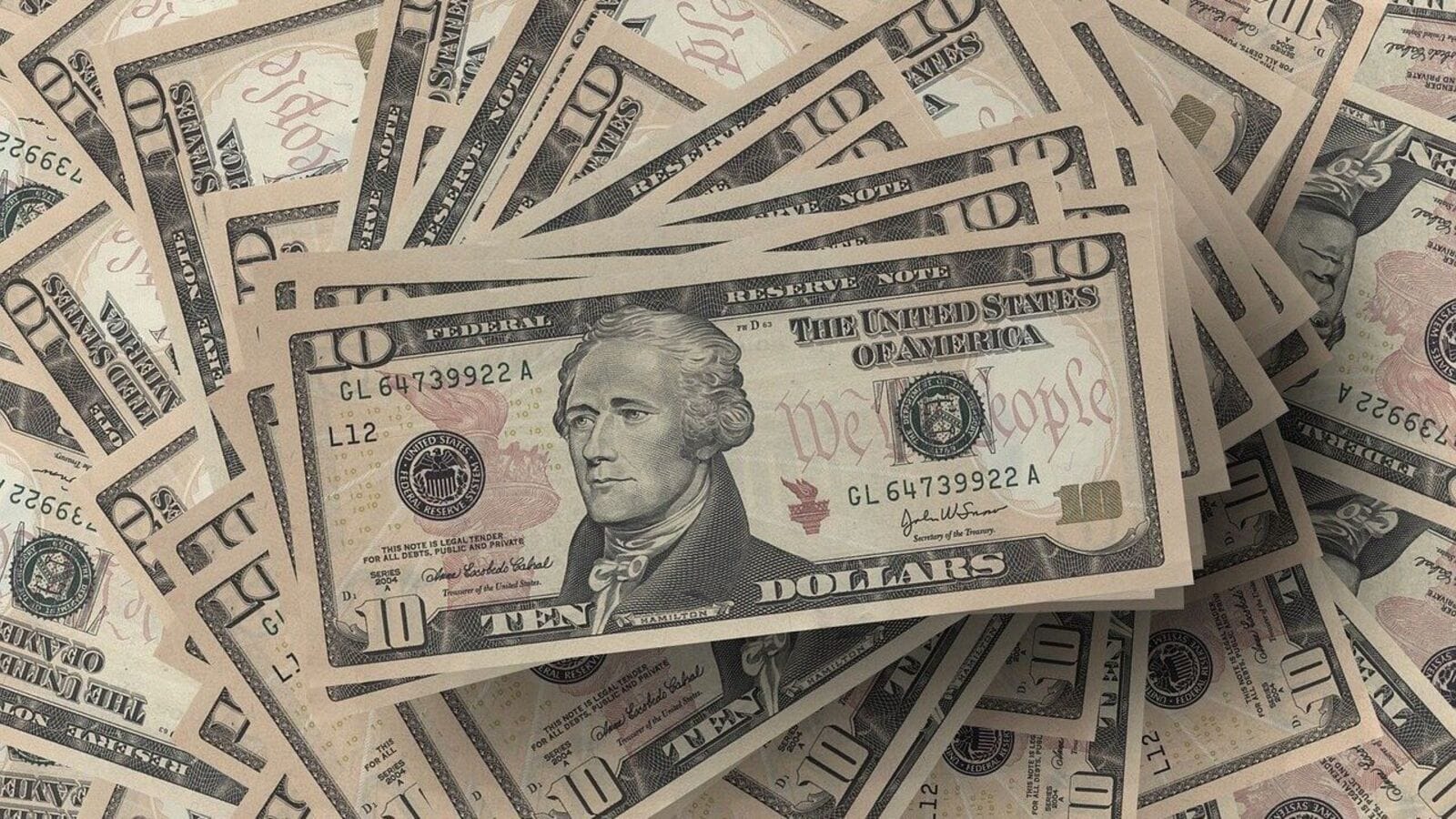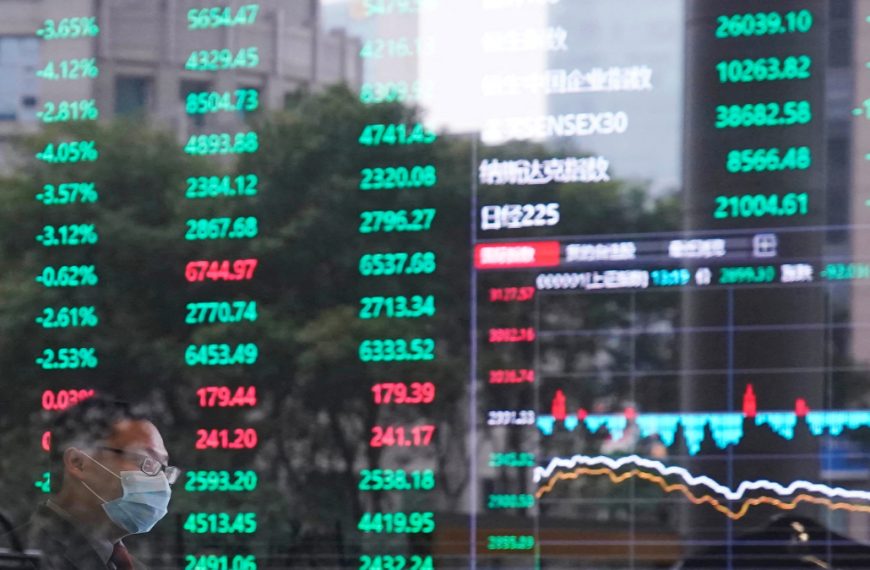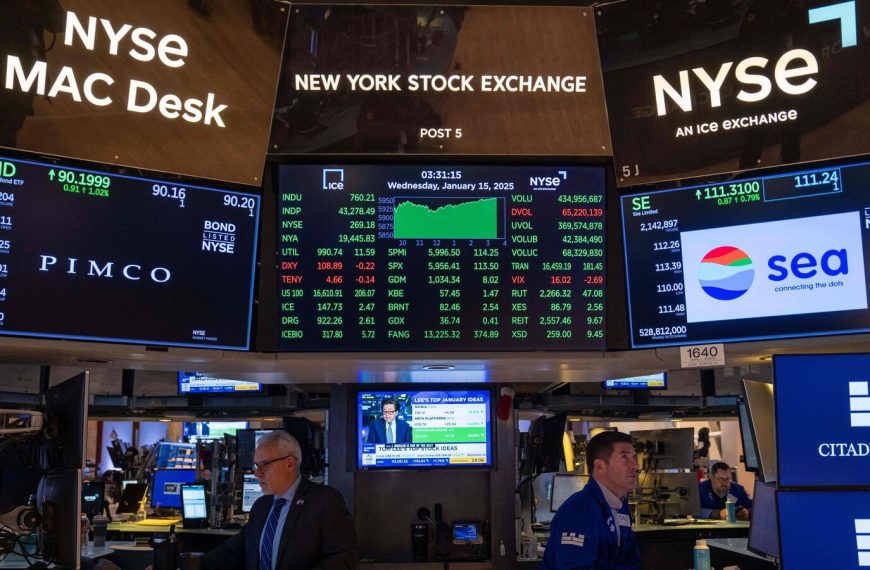The US dollar, a cornerstone of global finance, is experiencing a notable decline, hovering close to a five-month low against key currencies. This drop has stirred concerns about the potential slowdown of the American economy, exacerbated by escalating trade conflicts stemming from former President Donald Trump’s tariff initiatives. As a result, the dollar has plummeted 6.4% from its peak of 110 in January, prompting traders to explore alternative currencies.
Euro Strengthens Amid German Stimulus Hopes
The euro has surged past $1.09, nearing levels last seen in November, as investors eagerly await updates on Germany’s proposed fiscal stimulus. Meanwhile, the Indian rupee remains under pressure, trading at 87.25 against the dollar and not far from its record low of 88, which was reached earlier this year. Despite the dollar’s downturn in March, the Reserve Bank of India (RBI) has been compelled to ease its stringent currency controls due to tight liquidity and slowing economic growth.
Concerns About a Recession Grow
Investor sentiment is increasingly fraught with anxiety over the possibility of the US economy slipping into a recession. This uncertainty has prompted a shift towards safe-haven currencies, particularly the Japanese yen and Swiss franc. In a recent statement, Trump acknowledged the precariousness of the current economic landscape, labeling it a “period of transition.”
- Retail sales for February reported a modest growth of just 0.2%, significantly below economists’ forecasts of 0.6%.
- This figure, however, marks an improvement from a revised decline of 1.2% in the previous month.
Consumer Sentiment Declines
Consumer spending, a pivotal component of the US economy, is showing signs of weakness. Rising domestic prices, largely attributed to Trump’s trade disputes with key partners such as Canada, Mexico, China, and the EU, have left consumers apprehensive.
- Tariffs are anticipated to drive prices higher, compelling consumers to spend more on goods they previously bought at lower costs.
- Inflation expectations are escalating, with the one-year outlook reaching 4.9%, the highest since November 2022.
- Projections for the five-year horizon have also surged to 3.9%, marking the highest point since February 1993.
Trade Tensions Persist
Recently, Trump threatened to impose 200% tariffs on EU liquor in retaliation for the 50% tariffs the EU has placed on US whiskey and other products, signaling that trade tensions are unlikely to diminish anytime soon. This ongoing uncertainty has investors on edge, leading to a notable sell-off in the stock market.
Manufacturing Sector Faces Challenges
Manufacturers are increasingly concerned that the trade conflicts could stifle sales and inflate input costs. Many industry leaders are already hinting at potential price increases if raw material costs continue to rise, further complicating the economic landscape.
Federal Reserve’s Dilemma
The upcoming meeting of the Federal Open Market Committee (FOMC) on March 18-19 is expected to be pivotal. Many anticipate that the Fed will adopt a wait-and-see approach as it assesses the ramifications of Trump’s multifaceted tariff strategies.
- Despite inflation figures for February coming in lower than anticipated, analysts suggest that the likelihood of a rate cut in March remains slim due to ongoing tariff-related uncertainties.
- The Fed has made it clear that further rate cuts will only be considered if economic conditions stabilize.
The Fed is currently grappling with inflation that has pressured its previous stance, having paused interest rate cuts in January after a cumulative reduction of 100 basis points since September. With inflation concerns at the forefront, the central bank is treading cautiously as it navigates the challenges posed by both domestic and international economic pressures.
In this complex economic environment, it remains crucial for investors and consumers alike to stay informed and prepared for potential shifts in market dynamics as the situation continues to unfold.











